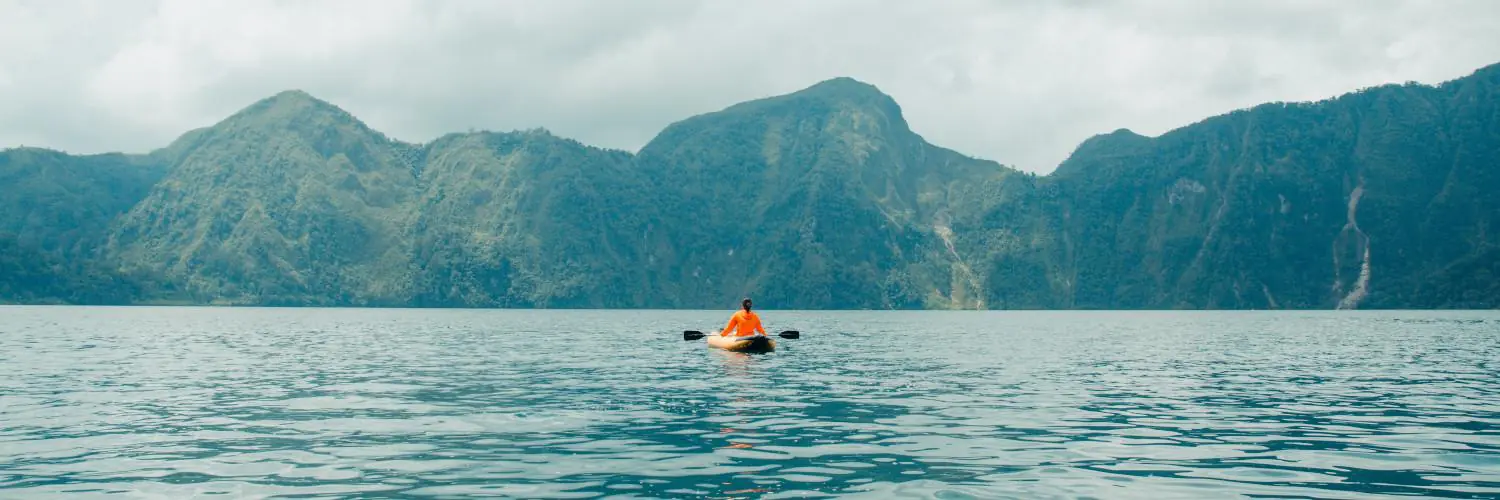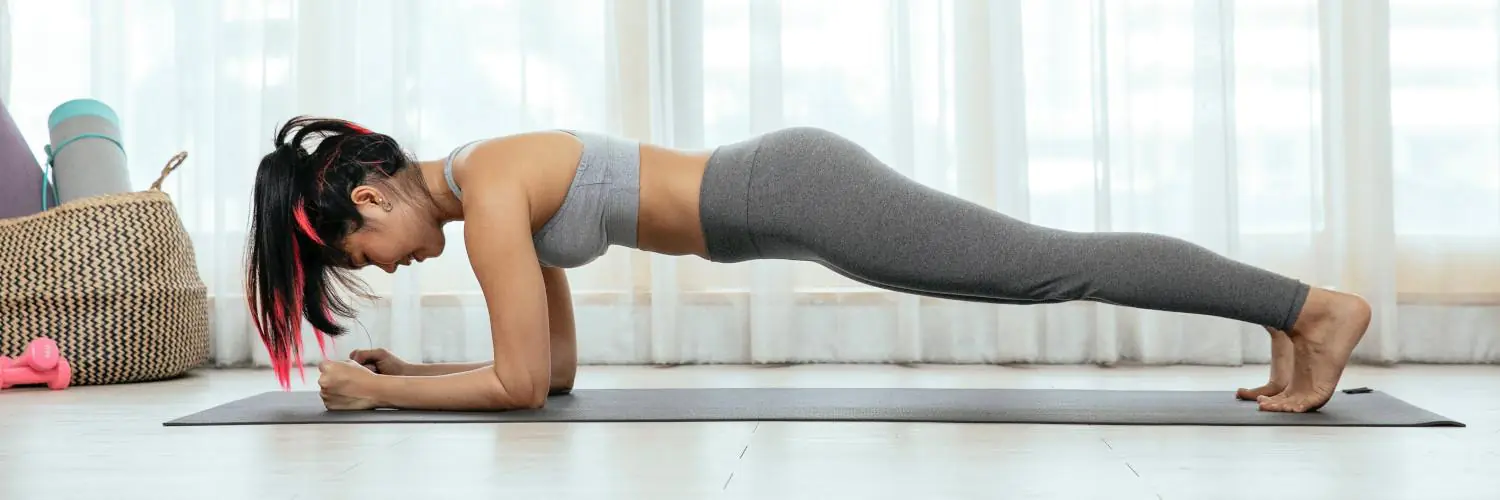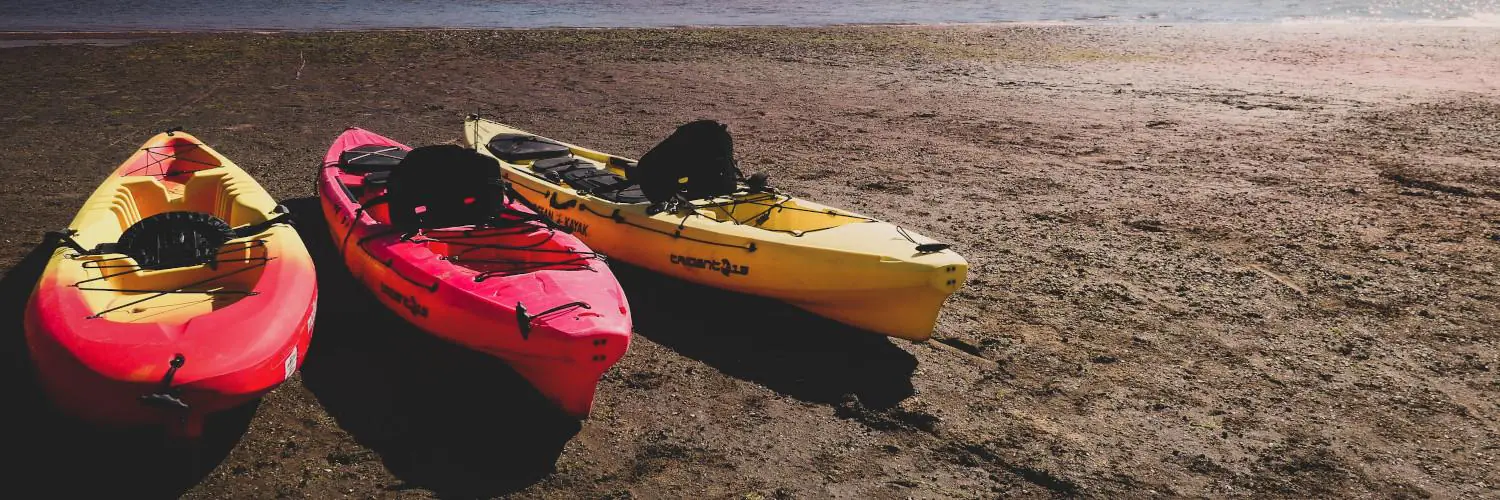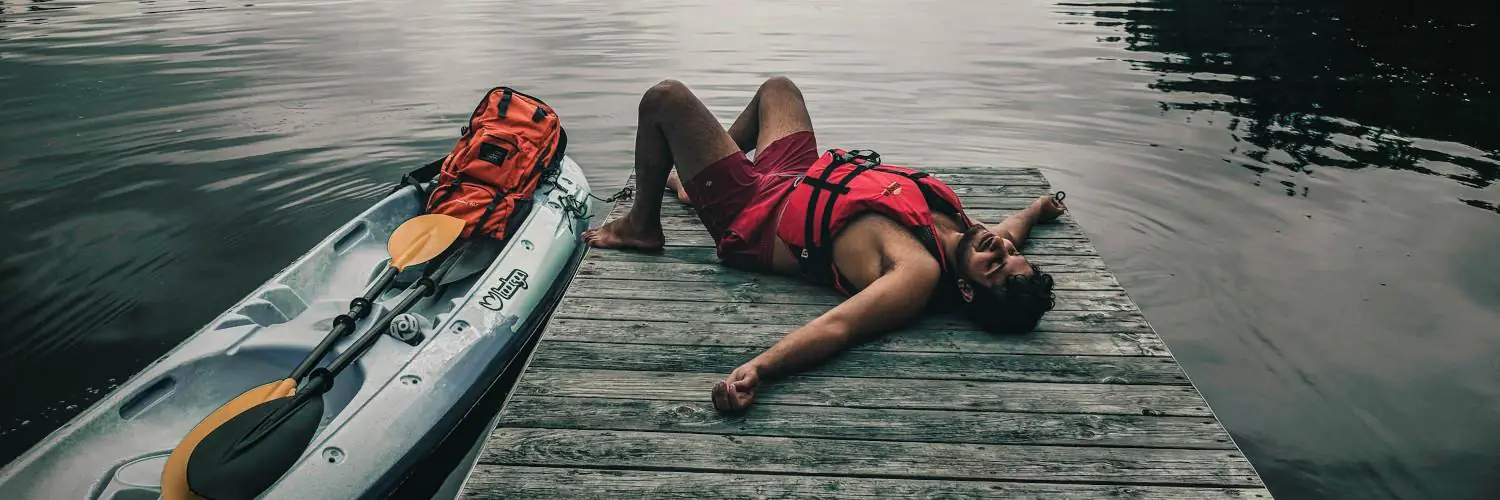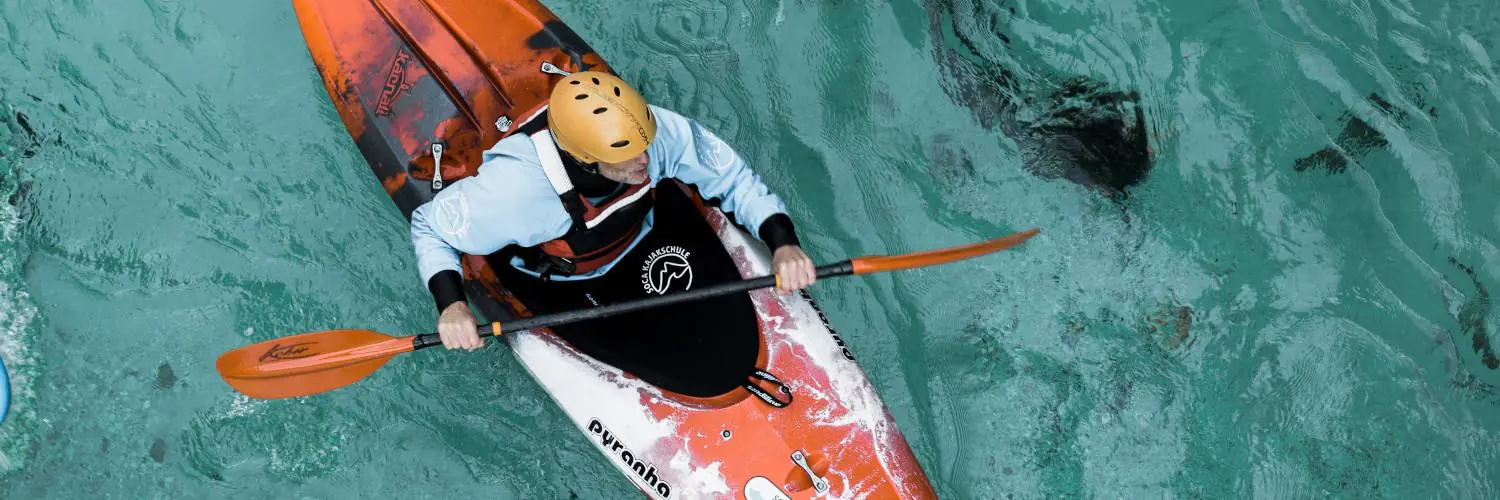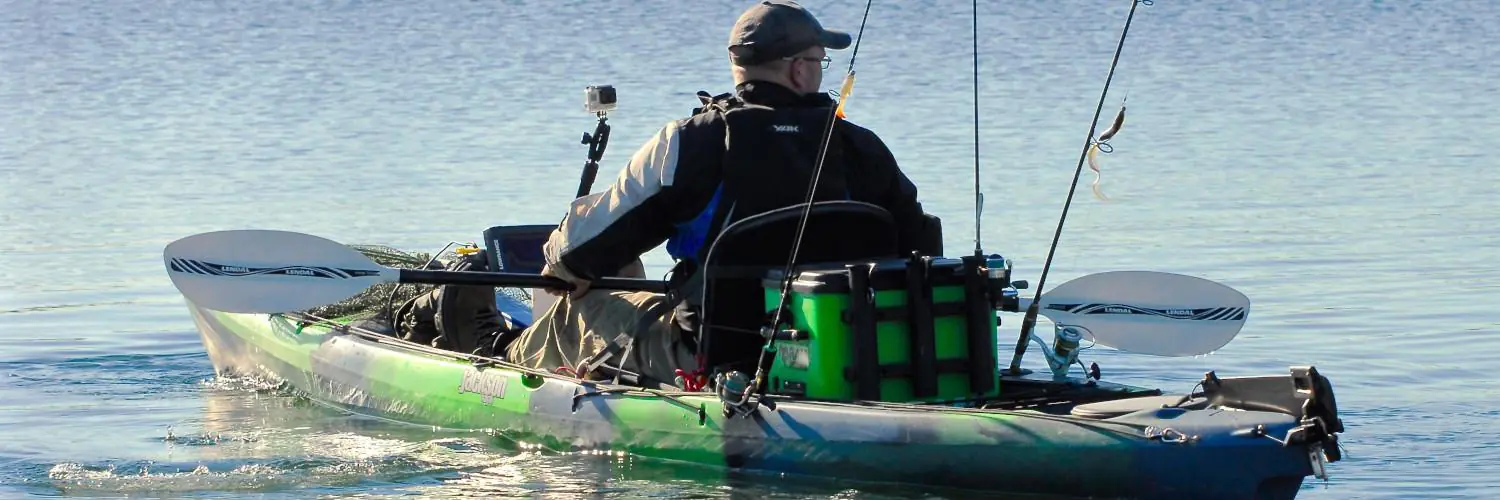Kayaking is more fun and easier with the right equipment. Many people start with just a paddle and a kayak, but there are all kinds of unique accessories that can make time on the water safer, more comfortable, and more exciting. The best unique kayak accessories help paddlers solve common problems and add new features to their boats.
These items might include waterproof storage, special fishing gear, creative seating options, or gadgets for tracking trips. Some are about safety, while others are designed for convenience or entertainment. By exploring different accessories, paddlers can customize their kayaks to fit the way they like to explore the water.
Table of Contents
Essential Unique Kayak Accessories
Safety, comfort, and convenience matter for every kayaker. Adding the right gear helps protect both the kayaker and their valuables on the water.
Personal Flotation Devices and Life Jackets
A personal flotation device (PFD) or life jacket is a core piece of kayaking gear. Not all PFDs are the same. Some modern models stand out with features like high-back support for better seating comfort and multiple adjustment straps for a snug, custom fit.
Other unique options include PFDs with built-in waterproof pockets for small valuables. Certain designs come with reflective strips for better visibility and mesh panels to keep the body cool. These updates provide both safety and added function.
Look for a life jacket certified for kayaking and double-check sizing for proper buoyancy. Extra features such as attachment points for knives or whistles can be useful, especially on longer trips.
Innovative Kayak Paddles and Paddle Leashes
The kayak paddle has also seen many upgrades. Carbon fiber paddles are much lighter than standard aluminum, reducing arm fatigue on long journeys. Some options have adjustable lengths and blade angles, so paddlers can tweak performance to fit their stroke.
A paddle leash is another simple but key accessory. It tethers the paddle to the kayak, so it stays close even if dropped. Many leashes have quick-release clips for easy attachment and removal.
Some advanced leashes use stretchable coil cords to stop tangling. This keeps the paddle accessible and reduces the risk of losing it in rough waters or windy conditions.
Dry Bags and Waterproof Storage Solutions
Dry bags and dry boxes are essential for keeping valuables safe from water. Durable dry bags come in sizes from small pouches for phones to large sacks for clothing and cameras. Most have roll-top closures to seal out water.
Many kayakers use a transparent dry bag to find items easily. Others prefer a hard shell dry box to protect gear from bumps and drops.
Some kayak gear brands now offer waterproof phone cases with touch-sensitive screens, so phones stay usable while protected. Packing a variety of dry bags and boxes ensures everything has its place and remains dry all day.
Kayak Seats and Seat Cushions
Kayak seats have come a long way from the thin foam pads of the past. Modern seats often have extra lumbar support and are made from breathable mesh to increase comfort for hours on the water.
A quality seat cushion can prevent back pain and numbness. Many use gel or memory foam for extra support. Some unique kayak accessories in this category include clip-on seatbacks, which can be added to most kayaks quickly.
Higher-end kayak seats may have pockets for small gear, so snacks or sunscreen are always within reach. Choosing the right seat is one of the best ways to upgrade both short paddles and all-day trips.
Advanced Safety and Comfort Gear
Staying safe and comfortable while kayaking means using the right accessories. Specialized safety equipment and clothing help protect paddlers from injuries, cold water, and emergencies.
Kayak Helmets and Head Protection
Wearing a kayak helmet can prevent serious head injuries during a collision or capsize. Helmets designed for kayaking feature hard shells, foam padding, and secure straps to keep them in place. Some helmets have extra coverage around the ears and back of the head, offering more protection than standard bike helmets.
For whitewater kayaking, helmets are often mandatory. In rocky rivers and surf zones, a helmet shields against rocks, paddles, and other hazards in turbulent water. Adjustable fit systems keep the helmet snug but comfortable. Many models also offer drainage holes and vents for airflow, preventing overheating on hot days.
It’s important to check if the helmet meets kayaking safety standards. The most advanced options include quick-dry liners and rust-resistant buckles, making them suitable for both freshwater and saltwater paddling.
Spray Skirts, Drysuits, and Wetsuits
A spray skirt forms a tight seal around the paddler’s waist and cockpit rim, blocking water from entering the kayak. This accessory is essential for rough water, cold climates, and surf zones. Neoprene skirts are durable and have adjustable bands for a secure fit, while nylon skirts are lighter and easier to remove.
Drysuits offer full-body protection against cold water. Made from waterproof and breathable fabrics, they keep the paddler dry by sealing out water at the neck, wrists, and ankles. Many drysuits include reinforced knees and seats for durability.
Wetsuits use thick neoprene to trap body heat, keeping paddlers warm in chilly conditions. For extra comfort and rain protection, some choose a paddling jacket to wear over base layers. Combining these items lets kayakers adapt to different weather and water conditions safely.
First Aid Kits and Emergency Equipment
A compact, waterproof first aid kit is key to handling minor injuries on the water. Essential supplies include bandages, antiseptic wipes, pain relievers, and blister care. Some kits come with instructions for treating common kayaking injuries, like cuts and sprains.
In a safety emergency, having the right tools can save lives. An emergency whistle is critical for signaling help and is required by law in many areas. A throw bag, packed with floating rope, allows a kayaker to rescue another person easily.
A safety knife, strapped to a life vest, can quickly cut tangled ropes or fishing lines. These items are considered essential kayak safety gear and should always be within easy reach. Table:
| Equipment | Use Case | Key Feature |
|---|---|---|
| Waterproof First Aid Kit | Treat minor injuries | Sealed for water protection |
| Emergency Whistle | Signal for help | Loud, floats |
| Throw Bag | Rescue situations | Floats, long rope |
| Safety Knife | Rope emergencies | Corrosion-resistant blade |
Optimizing Storage and Transport
Keeping a kayak safe and easy to reach requires the right gear. Good storage and transport accessories prevent damage, save space, and make moving boats much easier.
Unique Kayak Storage Racks and Solutions
Special kayak storage racks are built to protect kayaks and use space well. Wall-mounted racks help keep the kayak off the ground and out of the way. Some have padded arms or cradles to prevent dents and pressure marks on the hull.
Ceiling hoists can move the kayak out of the walking space in a garage or shed. Freestanding storage racks help when mounting to a wall is not possible. For outdoor options, weatherproof kayak racks and storage bags guard against sun and rain.
PVC or wooden DIY racks are a cost-effective choice and can be built to fit any space. Always support the kayak near the bulkheads, not just at the ends. Use wide straps or cradles for even weight distribution to keep the shape of the kayak intact.
| Type of Rack | Best Use | Special Features |
|---|---|---|
| Wall Mount | Small indoor spaces | Padded arms, easy access |
| Ceiling Hoist | Garage storage | Pulley system, saves floor space |
| Freestanding | Flexible location | Holds multiple kayaks |
| Outdoor Rack | Backyard or boathouse | UV, rain protection |
Kayak Carts, Trailers, and Transport Systems
Kayak carts are made to help move kayaks from storage to the water without heavy lifting. These small carts have two wheels and straps or cradles to hold the kayak. They are especially useful for single paddlers or longer walks.
Some kayak carts fold up for storage in the kayak while paddling. For carrying more than one kayak or traveling by car, kayak trailers are helpful. These trailers often hold several boats and gear at once.
Transport systems may include dollies or platforms for moving many kayaks around camps or docks. Each system saves time and lowers the risk of dropping the kayak.
Key points:
- Carts: Lightweight and portable, best for short moves.
- Trailers: Large capacity, suitable for group trips and long distances.
- Dollies: Handy in boathouses or clubs with multiple kayaks.
Roof Racks, Straps, and Covers
A strong kayak roof rack system is needed to move a kayak by car. Typical roof racks have padded cradles or J-shaped holders to keep the kayak steady on the roof. The kayak must be tied down with sturdy, weatherproof straps.
Bow and stern lines keep the kayak from shifting while driving. Loading ramps and rollers help get the kayak onto the car without scratching paint.
Once on the roof, adding a fitted kayak cover keeps dust, rain, and UV rays away during travel or when parked. Quality covers come with secure closures that stay on even at highway speeds. When storing outside for a long time, use a kayak cover to prevent fading and damage from sun or moisture.
Kayak Fishing and Electronics Innovations
Kayak fishing continues to advance with innovative accessories that offer more convenience, organization, and high-tech features. Specialized gear and electronics help anglers find fish, manage tackle, and secure rods in compact spaces.
Rod Holders and Mounting Systems
Modern kayak rod holders are made to keep fishing rods safe and within easy reach. Adjustable kayak rod holders allow users to change the rod angle for trolling or casting. Quick-release designs help with fast rod removal when a fish strikes.
Many systems, like the popular YakAttack accessories, use track mounts. This lets anglers move their rod holders, cameras, or fish finders as needed. Mounts can be added to different parts of the kayak without drilling.
Anglers also look for strong materials like stainless steel or durable polymers. Some rod holders come with locking mechanisms to stop rods from being pulled out by fish or waves. Organized mounting systems make it easy to store multiple rods and other kayak fishing accessories.
Tackle Management and Storage Accessories
Keeping tackle organized in a small kayak is important. Modern tackle boxes for kayaks are compact and fit under the seat or inside storage hatches. Some tackle trays have adjustable dividers and waterproof seals to protect gear.
Specialized gear tracks and crates fit in the storage area behind the seat. These hold tackle boxes, pliers, lures, and other fishing accessories. Many yak anglers use soft-sided tackle bags with built-in slots for tools.
YakAttack and other brands offer mounting plates and clip-on organizers. These can attach to kayaks for quick access to hooks and lures. Bungee cords, paddle holders, and flexible storage bins help keep the kayak deck clear and easy to move around.
Fish Finders, GPS Devices, and Tech Gear
Electronic devices are changing kayak fishing. Lightweight fish finders show underwater features and help find fish. Many models come with color screens and are powered by small rechargeable batteries.
Anglers use GPS units to mark productive fishing spots and track their routes. Chartplotters can show detailed lake maps, making navigation safer. Some units combine GPS and sonar into one system.
Action cameras, like GoPro, can mount beside the cockpit with flexible arms. This captures fishing action for review or sharing. Many kayaks now include dedicated mounts and cable management for electronic accessories. These tech gear upgrades make every outing more productive and organized.
Performance and Utility Upgrades
Upgrading a kayak with the right accessories can improve safety, convenience, and overall enjoyment. These tools and kits are made to help paddlers handle changing water conditions, stay organized, and keep gear safe and dry.
Anchors and Rudder Kits
Anchors help kayakers stay put, even in windy conditions or currents. A small kayak anchor can be easily deployed and retrieved, allowing for hands-free fishing or taking breaks. They are often foldable for easy storage.
A kayak rudder kit improves steering, especially in windy or choppy water. Rudders like the borogo kayak rudder attach to the stern and are controlled with foot pedals. This lets the paddler turn smoothly without strong paddle strokes.
For paddlers who want advanced control, a trolling motor can be added. This provides extra propulsion and is helpful for long distances or when paddling against strong currents. Both rudders and motors can help conserve energy and make trips safer and more efficient.
| Accessory | Main Benefit | Example Use |
|---|---|---|
| Kayak Anchor | Stay in position | Fishing, resting |
| Rudder Kit | Better steering | Windy days |
| Trolling Motor | Powered movement | Long trips |
Bilge Pumps, Scupper Plugs, and Float Bags
Kayaks can take on water through splashes or rain. A kayak bilge pump is a hand-operated device that removes water from inside the kayak. It is easy to store and crucial for staying afloat and dry.
Scupper plugs are used with sit-on-top kayaks. They seal the drain holes (scuppers) to keep water from splashing in. Some paddlers remove or insert these plugs as needed depending on weather and paddling conditions.
Float bags are airtight bags that fit in the ends of a kayak. If the kayak capsizes, float bags keep it from sinking by providing extra buoyancy. This makes rescue easier and reduces the risk of gear loss.
Key accessories:
- Bilge Pump: Removes unwanted water
- Scupper Plugs: Prevent water entry through scuppers
- Float Bags: Maintain buoyancy if capsized
Electric Pumps, Motors, and Lighting
Electric pumps offer fast and easy water removal. Powered by batteries, these pumps can clear large amounts of water with little effort, making them a good choice for those who paddle in rough lakes or ocean conditions.
Adding an electric motor or trolling motor can take strain off the paddler. Motors are mounted at the stern or side and are controlled by hand or foot. They use rechargeable batteries and help cover greater distances without getting tired.
Visibility is critical for safety. Kayak lights and LED light strips or clips can be installed for night paddling or early morning trips. These lights help the kayak be seen by other watercraft and illuminate the deck for tasks like baiting hooks or finding equipment.
Useful gear:
- Electric Pump: Fast water removal
- Trolling Motor: Increased speed and range
- Kayak Lights: Improved visibility and safety
Comfort, Weather Protection, and Personal Items
Staying comfortable and protected while kayaking can make a big difference in how much someone enjoys their time on the water. Picking the right clothing, sun protection, hydration gear, and storage items helps paddlers stay safe, dry, and relaxed during any trip.
Sunscreen, Water Shoes, and Sunglasses
Sunscreen is a must when spending long hours outside. Everyone should use a broad-spectrum, water-resistant sunscreen with at least SPF 30. It should be reapplied every two hours, even on cloudy days.
Water shoes or kayaking shoes are important for protecting feet from sharp rocks and shells. They give good grip on slippery surfaces and keep feet warm in cold water. Many paddlers look for shoes that dry quickly and have thick soles for extra comfort.
Sunglasses with UV protection help guard against eye damage from sun glare off the water. They should have polarized lenses to cut glare and offer a retainer cord, so they do not get lost overboard. Some kayakers also pick wrap-around styles for better side protection.
Hydration, Coolers, and Waterproof Cases
Bringing a water bottle is essential for every trip. Hydration is key, especially in hot weather. Many kayaks have bottle holders for easy access. Some paddlers also use hydration packs with sipping tubes, which let them drink without stopping.
A small cooler can keep drinks and snacks cold for hours. People often pick soft coolers that fit inside the kayak’s storage area. Look for coolers with leak-proof seams and easy-to-carry straps.
A waterproof phone case is important for protecting electronics from splashes and rain. Many cases also float, which is useful if dropped in the water. Some people also use waterproof bags for wallets, keys, and maps.
Paddling Gloves and Apparel Accessories
Paddling gloves help prevent blisters and make gripping the paddle more comfortable. They should be lightweight, quick-drying, and flexible. Many gloves have breathable fabric and padded palms for better control and less hand fatigue.
Other helpful accessories include hats with wide brims and neck gaiters for sun protection. Light, long-sleeve shirts and quick-drying shorts or pants can keep the body cool and shield skin from the sun. Some paddlers use rain jackets or spray skirts to stay dry in rough or wet weather.

